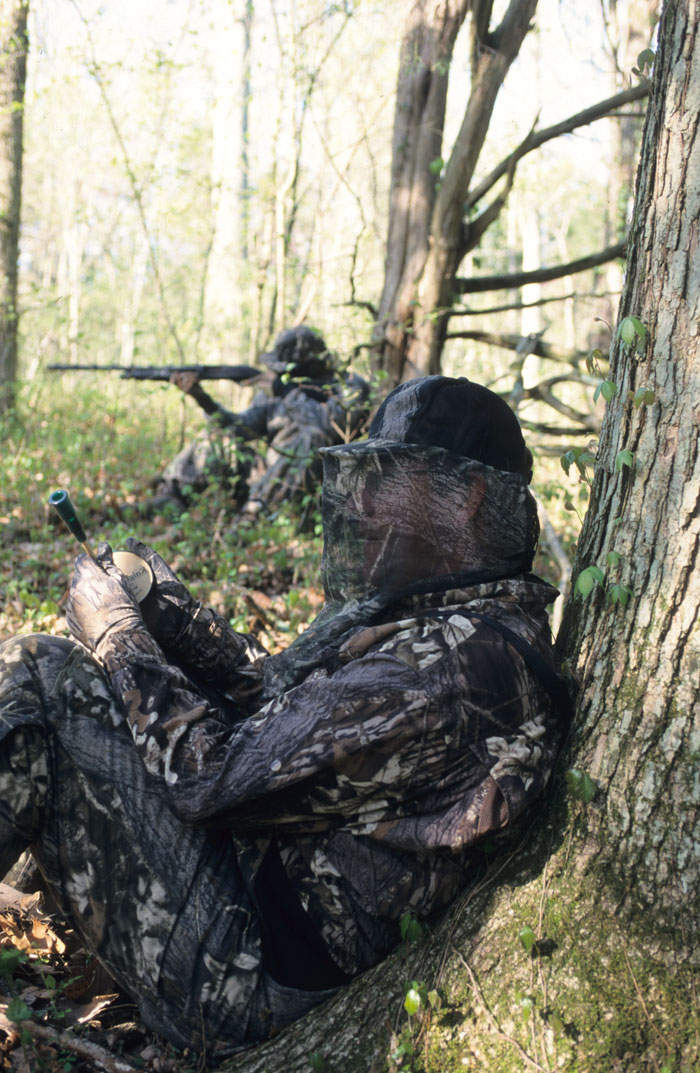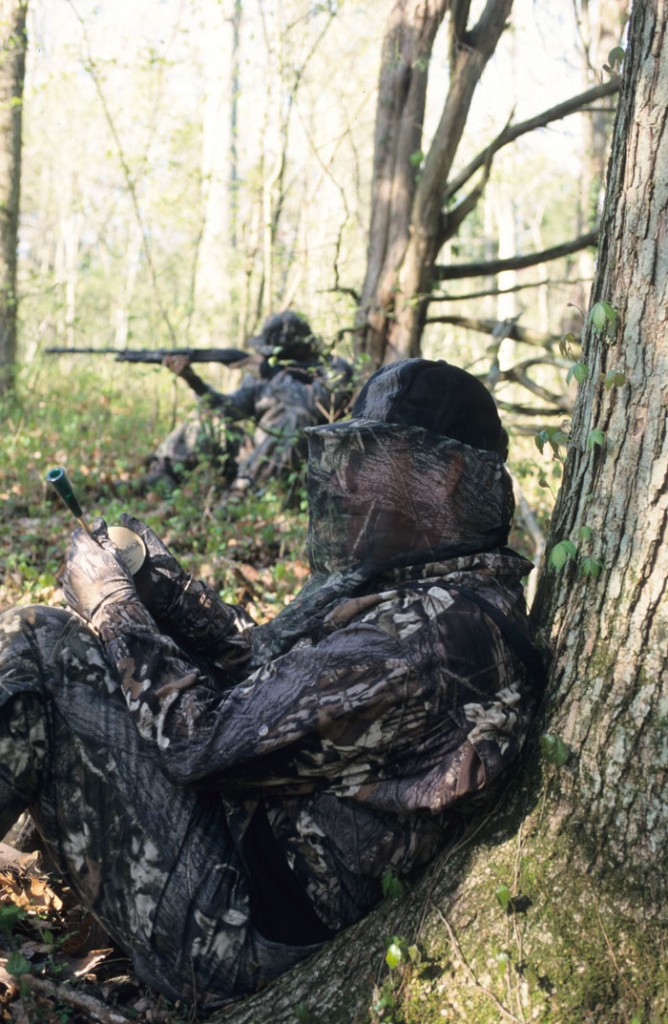
Kentucky Afield Outdoors:
Wild turkey season preview
March 24, 2011 Author: Art Lander, Jr.
FRANKFORT, Ky. – When Kentucky’s spring wild turkey season opens April 16, hunters should get plenty of opportunities to match wits with the older, experienced gobblers that make the sport so challenging and exciting.
“We have a high percentage of adult birds in our flocks and they are coming into breeding season in excellent condition because of last fall’s big mast (nut) crop,” said Steven Dobey, wild turkey biologist for the Kentucky Department of Fish and Wildlife Resources. “The big harvest of 2-year-old birds last season may have buffered (lessened) the number of 3-to-4 year-olds taken.”

Kentucky’s 23-day spring wild turkey season closes on Sunday, May 8th. The youth-only season, for hunters under age 16, is the weekend of April 2-3.
Hunters should anticipate the prospect of another excellent spring season. “I think we’ll see some carryover from that reproductive boom in 2008. It was such a massive hatch,” said Dobey.
In the past two years there have been record harvests, but Dobey reminded hunters that “year-in and year-out, weather is a major factor in the spring harvest. The harvest could go higher if we get four sunny, rain-free weekends.”
In 2009, hunters took 29,007 turkeys. The harvest jumped to 36,097 birds last spring. Hart County led the state for the spring 2010 turkey season with 739 birds taken. Logan County was next with 703 birds, followed by Grayson County with 650 birds, then Butler County with 647 birds. Wayne County rounded out the top five with 604 birds. These harvest numbers are a remarkable turnaround from a decade ago.
“Last spring’s harvest was a 94 percent increase over the 18,607 turkeys taken during the spring 2000 season,” said Dobey.
Statewide, Kentucky’s wild turkey flock is stable at about 225,000 birds, but growth continues in some mountain counties. “There’s an obvious abundance of turkeys in eastern Kentucky,” said Dobey. “That was concealed somewhat by the lack of hunting pressure.”
Hunter success and turkey numbers are increasing throughout the state. The most impressive gains were in 24 counties of southeastern Kentucky. In that area, Dobey said there was a 37.5 percent increase in turkey harvest during the past season. Two counties in that region made the top 10 in harvest for the state: Wayne County was fifth with 604 birds taken and Pulaski was eighth with 576 birds taken.
Both of these counties are typical of the region – hilly terrain, large tracts of public land, and lots of potential for finding a good place to hunt. “It’s a matrix of forested and open land, with good nesting habitat,” said Dobey.
Kentucky has an estimated 90,000 wild turkey hunters. The hunter success rate in 2010 was about 40 percent.
Wild turkey restoration in Kentucky began in 1978. At that time, the statewide flock was estimated at roughly 2,380 birds. Biologists started live-trapping turkeys in 1981 and gradually increased the number of birds caught in-state for Kentucky’s stocking program.
From 1978 through 1997, 6,760 birds were relocated on 430 sites across Kentucky. Restoration was completed in 1997 when Kentucky’s wild turkey population had increased to around 130,000 birds.
The spring season limit is two bearded turkeys per hunter, but hunters can only take one bird per day. Any wild turkey with a visible beard may be taken, including bearded hens, which typically make up less than one percent of the harvest statewide. In some wild turkey populations, a higher percentage of hens may grow beards. Hens’ beards are shorter and thinner than gobblers’ beards.
Hunters are reminded that hunting over bait, such as grain, seed or manufactured animal feed, is illegal. Feeding wildlife outside the curtilage of the home (the area immediately surrounding a home or group of homes) is prohibited March 1 through May 31.
It is a hunter’s responsibility to know if an area has been baited. By law an area is considered baited for 30 days after all bait has been removed.
While it is legal to use locator calls such as a crow or an owl call prior to the season, it is illegal for hunters to mimic the sounds of a wild turkey from March 1 until opening day of the spring season.
For complete regulations regarding Kentucky’s spring wild turkey season, visit the Kentucky Department of Fish and Wildlife Resources website at: fw.ky.gov.
Author Art Lander Jr. has been writing about the outdoors since the 1970s. He is a staff writer for Kentucky Afield Magazine.
-30-
The Kentucky Department of Fish and Wildlife Resources manages, regulates, enforces and promotes responsible use of all fish and wildlife species, their habitats, public wildlife areas and waterways for the benefit of those resources and for public enjoyment. Kentucky Fish and Wildlife is an agency of the Tourism, Arts and Heritage Cabinet. For more information on the department, visit our website at fw.ky.gov.


Be the first to comment